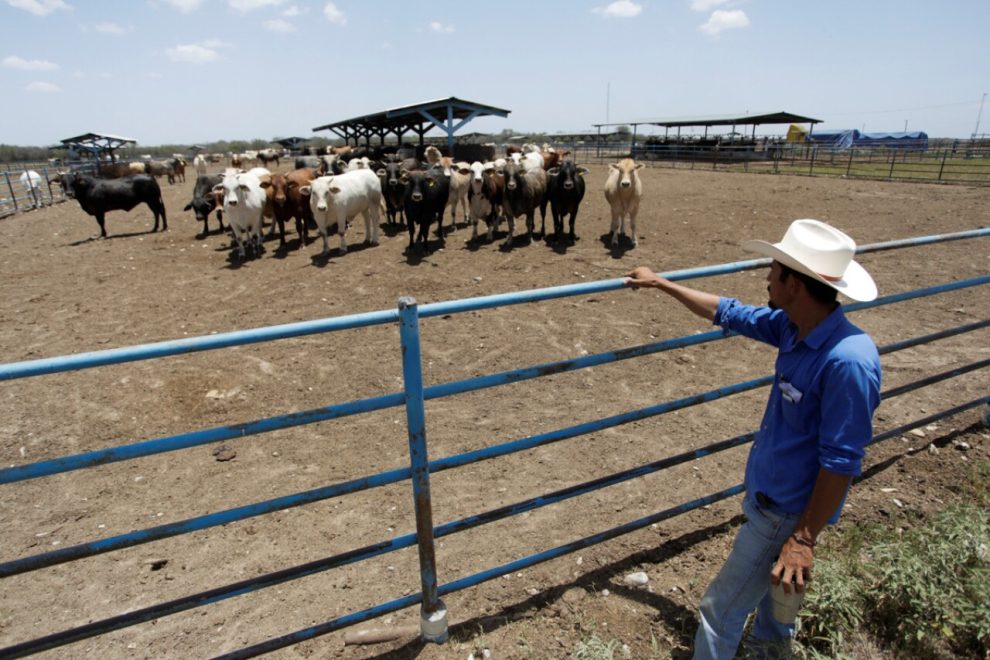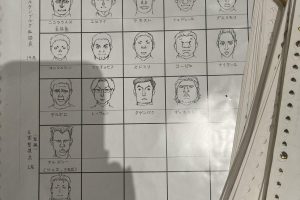“Although drought may increase beef supply in the very short term due to the incentive for producers to slaughter their cattle early, in the medium term drought could decimate the size of the cattle herd, contracting beef supply and eventually creating upward pressure on its price,” details the central bank’s report.
In Mexico, most beef production is destined for domestic consumption and free-range is the most widely used meat production system, accounting for 59.4% of national production.
Another 11.1% uses the controlled grazing system, in which the volume and frequency of grazing is regulated with the purpose of having a better use and conservation of the pastures, while 4.4% of the production uses a combination of grazing with the use of stables and corrals where forage and other balanced feeds are provided to the animals.
17.3% of production uses only corrals or stables for handling cattle.
“In short, 74.9% of bovine production in Mexico depends, to a greater or lesser extent, on grazing and is potentially exposed to the direct adverse effects that drought could have on the availability of pastures,” Banxico adds.
Between 2018 and 2022, beef imports accounted for, on average, 6.7% of national consumption.
The states in the north, north-central and south of the country generate, on average, 88.5% of the national beef production, the central bank highlights.
Jalisco and Veracruz stand out as the two main producing states, contributing together 25.1% of the national beef production, the report adds.
The center stands out for its low contribution to production, with 11.5%, so its demand for beef would be satisfied with production surpluses generated by the rest of the regions or with imports.



![[Img #74683]](https://thelatestnews.world/wp-content/uploads/2024/12/The-main-mistakes-to-avoid-when-betting-on-electronic-sports-150x150.jpg)










Add Comment